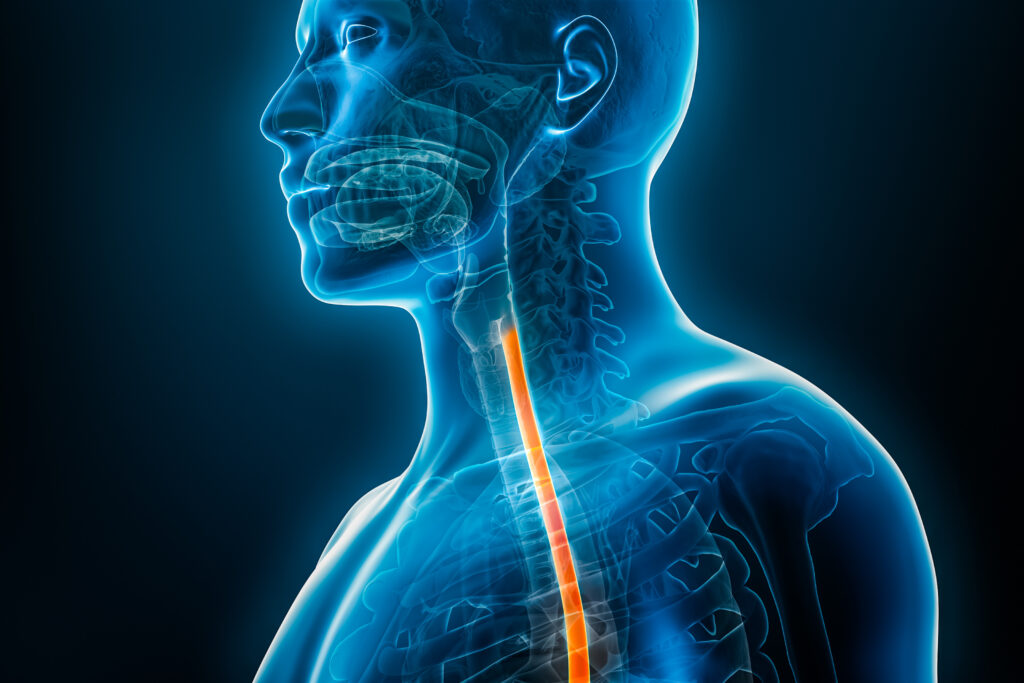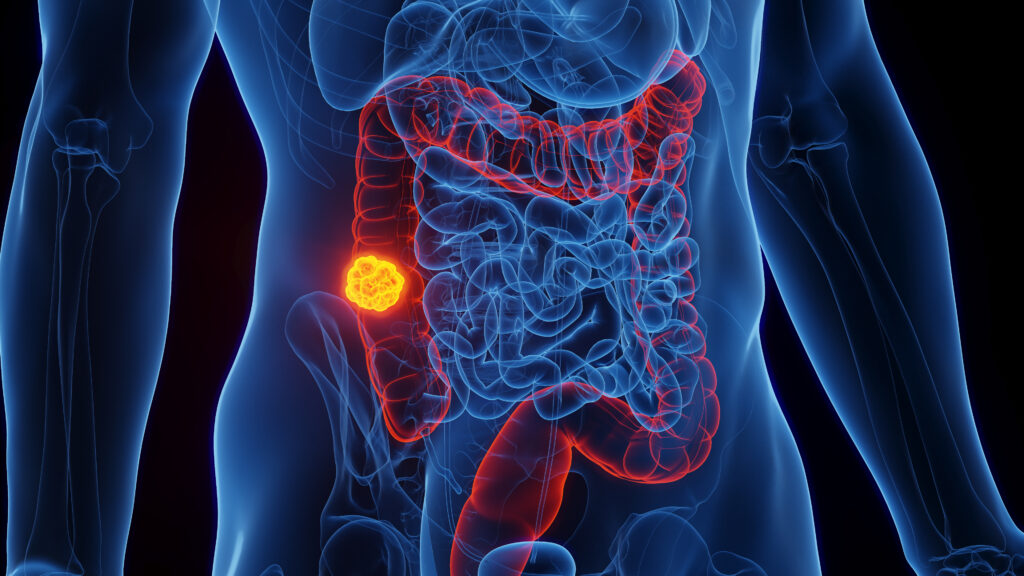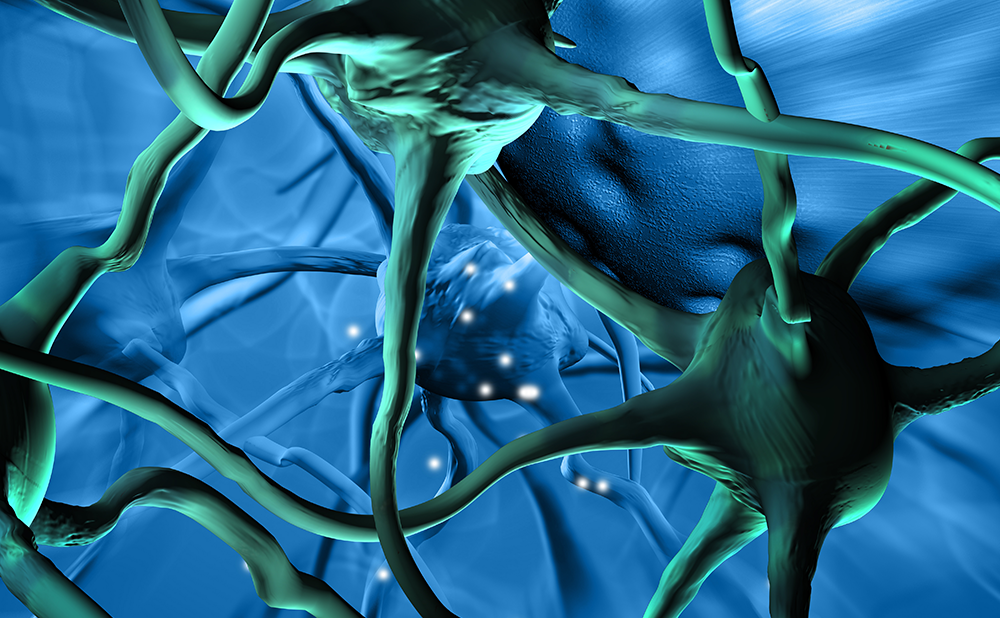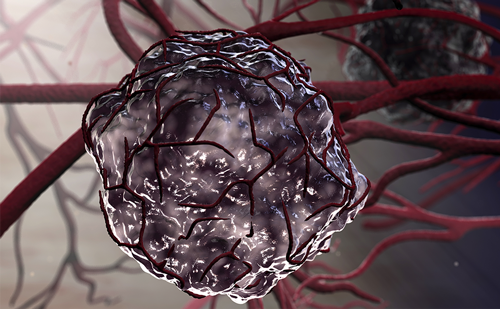Epidemiology of GIST
The mean age at the time of first diagnosis is 63 years,2 with most patients between 40 and 80 years old.3 Men show slightly higher prevalence than woman, supported by the recent US study of 1,458 cases, with 54% and 46% incidence rate respectively.2 The stomach is the most common location for 51% of tumours in Caucasian studies, followed by 36% in the small intestine, 7% in the colon, 5% in the rectum and 1% in the oesophagus.3 More recent Chinese studies estimate an increased presence in the stomach with 72.3% compared with 17% in the small intestine, 4.3% in oesophagus, 4.3% in the omentum and 2.1% in the colon.4 On rare occasions, GIST develops outside of the GI tract in the mesentert, omentum or retroperitoneum. Because of prior diagnostic inconsistencies the precise incidence is unknown. A recent study, using immunohistochemical markers that distinguish GISTs from intestinal leiomyosarcomas of the GI tract, found an incidence of approximately 14.5 cases per million in Sweden, which suggests an annual US incidence of 5,000,5 excluding tumours <1cm discovered incidentally.
Patient Presentation of GIST
GISTs represent a spectrum of tumours and exhibit highly variable behaviour that makes predicting clinical behaviour difficult. Although conclusive studies are absent, the consensus amongst pathologists is that tumour size, mitotic activity and tumour site influence the malignant potential of a GIST. There is a broad range of patient presentation in GIST. Small GISTs (<2cm) are asymptomatic and are often only discovered incidentally during routine investigation for other medical conditions through endoscopy, surgery or abdominal examination. Patients with larger tumours are more likely to present with symptoms (dependent on tumour origin) ranging from haematemesis to anorexia in the case of oesophageal GIST and gastric GIST, respectively. Large tumours may remain undetected and rupture, causing haemorrhage into the GI tract or peritoneum or, on discovery, are likely to have already metastasised to the liver. Treatment of Primary Disease
The standard treatment for primary GIST remains complete surgical resection. In general, segmental resection of the organ is sufficient to remove all traces of tumour but achievement of clear margins may require complete or partial organ sacrifice. Because GISTs are fragile, avoidance of tumour rupture remains imperative to prevent peritoneal recurrence and preoperative biopsy is used selectively. Complete resection is accomplished in 85% of patients with primary disease.3 Survival rates for patients with primary disease undergoing complete resection is five years, three times the survival rate for those patients undergoing incomplete resection or whose tumour is unresectable. 3 Lymphadenectomy is not performed routinely for GIST patients unless the regional lymph nodes are enlarged because lymph node metastases are rare. However, surgery is not without its limitations. Evidence from long-term follow-up of patients, who have undergone surgical resection of GIST, clearly indicates that surgery alone is not curative with adverse outcomes presenting in as many as 85–90% of cases.6 Local recurrence and metastases, predominantly in the liver, occur in more than half of patients having undergone complete surgical resection with 5- and 10- year survival rates ranging from 32% to 78%, decreasing to 19–63% respectively.7 The median survival for patients with primary GIST is approximately five years.8 It is generally agreed that tumours >5–10cm are malignant, as are tumours with >2–5 mitoses per 10 high-power microscopic field (HPF).3 Gastric GISTs tend to have a more favourable outcome than GISTs from the small intestine, which behave aggressively. All GISTs are considered to have malignant potential with the possible exception of tumours <1cm in size. One study at the MD Anderson Cancer Center has shown that patients presenting with a tumours <5cm, 5–10cm and >10cm in size had a median disease-fee survival time of 55 months, 19 months and 17 months, respectively. This correlation between tumour size and disease-free survival time highlights tumour size as an independent prognostic factor of survival.9
Although many patients presenting with GIST have a high likelihood of recurrence after surgical resection, adjuvant therapy with either conventional chemotherapeutic agents or radiotherapy is not indicated because of their lack of activity. The median time for recurrence after surgery is reported to be 18–24 months.3 The first site of recurrence of GIST is typically within the abdomen and involves the peritoneum and the liver.
KIT Proto-oncogene and Imatinib
Realisation of the pivotal role of KIT proto-oncogene mutations in the pathogenesis of this tumour, and the development of imatinib mesylate, Gleevec®, Glivec®; Novartis Pharma AG, Basel, Switzerland), a specific inhibitor of KIT tyrosine kinase function, have revolutionised the treatment of GIST. Stem cell factor activation of the KIT receptor induces dimerisation and autophosphorylation of KIT, initiating a intracellular signalling cascade involved in gametogenesis, as well as maintenance of differentiation, cell growth and survival. The majority of GIST tumours contain a ‘gain-of-function’ mutation in KIT, resulting in ligand-independent activation of its tyrosine kinase function, an essential first stage of GIST oncogenesis.10 Kit mutation occurs in up to 90% of GISTs.11 The most common site of KIT mutation is in exon 11 (71%), which encodes the juxtamembrane domain, followed by exon 9 (13%) and, to a lesser extent, exons 13 (4%), 17 (4%) and 14.12 Originally developed as a PDGRR inhibitor, imatinib was applied to the treatment of chronic myeloid leukaemia (CML), where it achieves a 90% complete response rate.13,14 Imatinib is a highly orally bioavailable (>97%) 2-phenylaminopyrimidine derivative that potently and selectively inhibits KIT, Bcr-Abl, and PDGFR? and PDGFR? protein-tyrosine kinases. In GIST, imatinib inhibits signal transduction through a blockade of the adenosine trisphosphate-binding site of KIT, disrupting the tyrosine kinase-mediated intracellular signalling necessary for oncogensis.
The first patient who began treatment with imatinib was a 50-year-old woman with chemotherapyresistant metastatic GIST and received once-daily doses of 400mg. The patient’s tumour contained an exon 11 mutation and imatinib therapy rapidly produced a partial response in tumour size and dramatic reduction in tumour uptake of 18 fluorodeoxyglucose on positron emission tomography imaging. Serial tumour biopsies revealed myxoid degeneration after only four weeks of treatment.15
Subsequently, imatinib was tested in and approved for metastatic or unresectable GIST and found to induce a partial response of reduction in tumour burden of 50% or more, or stable disease in >80% of patients.16 Patients with advanced GIST have entered complete remission after five months of therapy imatinib 400mg daily.
Imatinib as an Adjuvant Therapy
The demonstrated ability of imatinib to reduce tumour size and to curtail overtly malignant metastatic disease in cases of advanced GIST creates opportunities for surgeons to treat more patients with GIST, reduce post-operative recurrences and metastases and ultimately prolong lives. Adjuvant and neoadjuvant application of imatinib to improve surgical outcomes after complete resection of the primary GIST is currently being evaluated. Hohenberger reported results of operating on 18 GIST patients with residual tumour masses after treatment with imatinib.17 Seven of eight patients in ongoing partial remission at the time of surgery achieved a histologically complete R0 resection and, of these, only one patient had disease progression at the time of reporting. These data confirm the value of combining surgery with imatinib in responding patients. The American College of Surgeons Oncology Group (ACOSOG) is leading a Phase II trial (Z9000) to assess the value of once daily 400mg adjuvant imatinib for the 12 months following complete surgical resection in patients diagnosed with high-risk primary GIST, where high risk is defined as tumours >10cm. An ACOSOG phase III trial (Z9001) is in progress for patients having undergone complete surgical resection of tumours >3cm. At least two other trials are under way to assess adjuvant imatinib conducted by the Scandinavian Sarcoma Group (SSG XVIII) and the European Organisation for the Research of Cancer (EORTC 62024). The question of defining receptive groups for adjuvant therapy with imatinab is being addressed through risk stratification and mutational status. Studies suggesting a possible correlation between KIT mutational status and outcomes with imatinib therapy have increased focus on potential management of GIST. Analysis of GISTs from 121 patients enrolled in a phase II trial of imatinib showed GISTs expressing a KIT mutation in exon 11 were associated with higher partial response rates (72% compared with 32% in exon 9 mutation group), longer median survival time and longer duration of response compared with other mutation groups.18 The high response rates to imatinib in GIST patients with tumours expressing the exon 11 mutation suggest the potential clinical trial design with imatinib as a first-line therapy with this genotype before surgery.
Imatinab therapy in phase I and II trials resulted in most patients experiencing a 50% reduction in tumour size.16 Patients presenting with inoperable malignant GIST may be able to undergo successful resection after neoadjuvant imatinab therapy to reduce the size of the tumour prior to surgery, thus reducing the risks of haemorrhage, tumour rupture and post-operative complications. The potential benefits and applications that could result from the data analysis of clinical studies, which combine surgery and imatinib in the management of GIST, include reducing local recurrences and metastases of GIST, prolonging disease-free intervals and overall survival, increasing the number of patients eligible for resection through pharmacological tumour debulking and possibly enhancing the response to imatinib by means of surgical cytoreduction.












